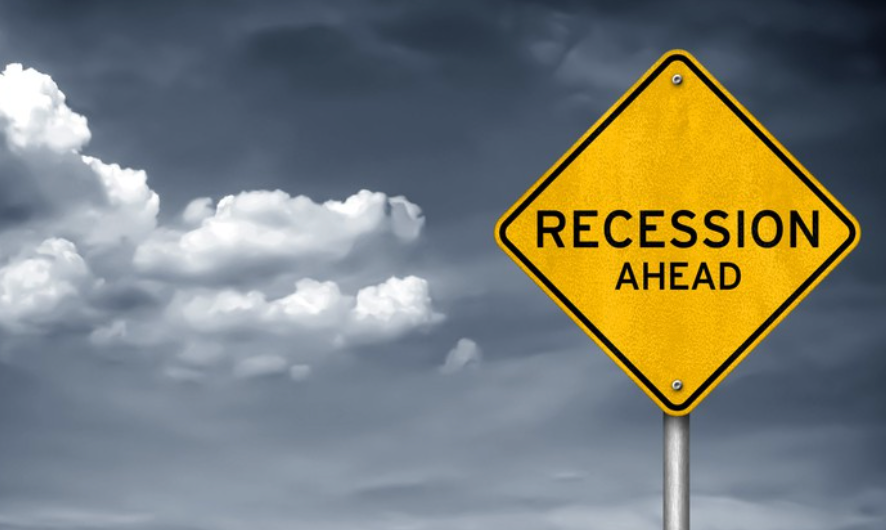Historically, most recessions last around a year, sometimes five quarters. Hopefully, this pandemic will not last long enough to extend the duration of the recession beyond ‘normal’. Pandemic-based downturns tend to be v-shaped and during the last 100 years most have lasted around a year, according to the Harvard Business Review. This means that when all restrictions are finally lifted there is likely to be an enormous collective release of pent up demand, something wise businesses will be prepared to service well. A sharp recovery would be a departure from ‘normal’ recessions of the past, so the lessons from past recoveries may need to be reconsidered given this is an unprecedented, disease-driven downturn.
B2B businesses whose customers and prospects are unable to buy, or who cannot meet existing customer demand, pursuing bottom-of-funnel, short-term, sales activation makes little sense unless it can help shore up existing relationships. For these brands, investing in long-term relationship-building is a better path forward. For the many activation-focused B2B brands, this will necessitate quite a shift in strategy.

Focus on the Long Term
In the last recession, some advertisers cut brand advertising spend, assuming this to be prudent, and many established media saw advertising revenue fall by 20% or more. However, because this was also the early period of big data, online advertising revenue actually grew by about 20% in 2008. Overall, advertising spend held remarkably steady, but it was the start of a dramatic drift to short-term activation media, something that has cost businesses dearly over the years since then. in any case, most businesses today already spend less than 50% on brand-building – dangerously below our recommended 60% – so there is certainly no sense in cutting brand building further unless survival depends on it. Either way, it looks like a greater focus on brand advertising investment rather than on short-term sales activation is more sensible from here on in.
What is certain from the 2008 experience and earlier recessions is that ‘going dark’ by pulling all brand advertising brings the real risk of permanently weakened business performance. It is sensible to debate the tone and nature of brand advertising to recession-hit customers, but not the importance of it.
Guidance for this Recession
So, here are seven guidelines derived from adapting previous lessons to this very new situation:
- Do not hit the panic button and withdraw brand advertising, unless short-term survival depends on it.
- Resist the pressure to switch advertising spend from brand solely to activation – it makes very little sense to do so, even in the short term. Customers, in many cases are not reluctant to buy, they are unable to buy.
- If the resources can be found, aim to maintain your share of voice, ideally at least at the level of your market share, where SOV equals SOM. You may even be able to reduce your budget if others are cutting theirs but be ready to adapt quickly to developments. You will need to monitor competitive activity regularly.
- If the resources can be found, consider the opportunity to invest in lower-cost long-term growth by increasing share of voice during the recession.
- Do not abandon your existing brand campaign unless it is clearly unsympathetic to the mood of customers. There may be more value and reassurance in continuity than in change.
- Do not be frightened to use emotional brand advertising during recession – but ensure it is appropriate to the mood of customers. System1’s live research findings are right now supporting the use of advertising that demonstrates humanity through warmth, generosity and humor.
- Look for tactical opportunities to create goodwill through acts of humanity and generosity, especially if you were proclaiming these virtues before the emergency.


Pingback:Linkedin Tips Jan 7 2020 – Oil Gas Leads